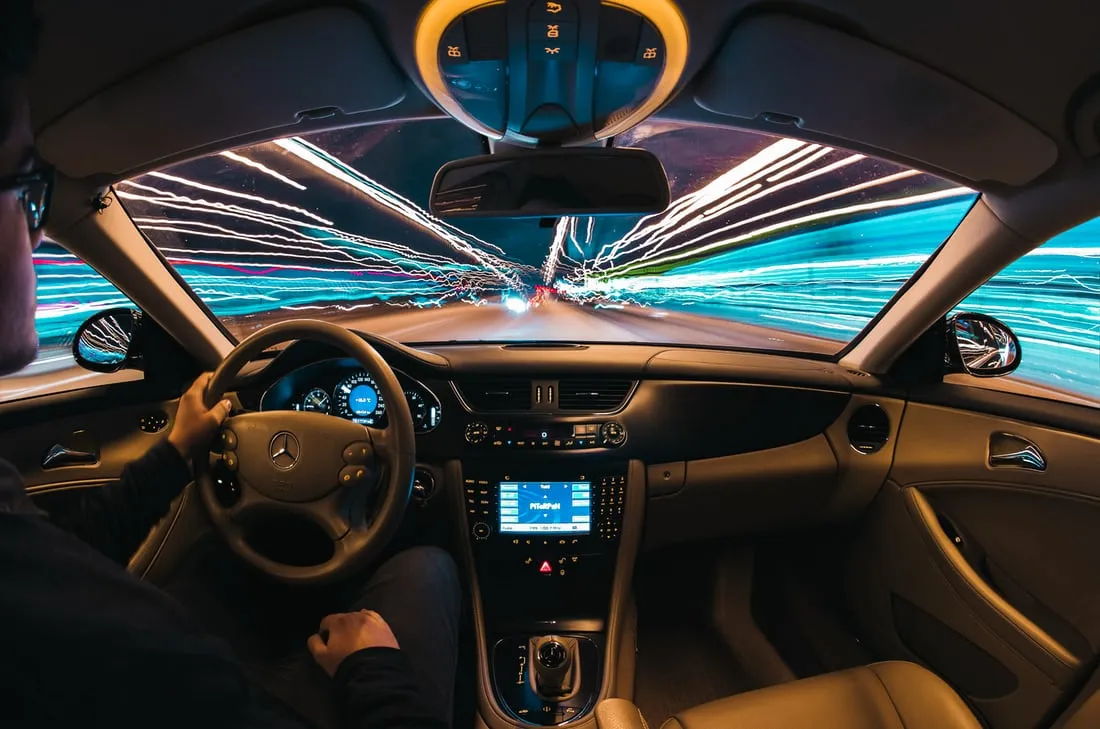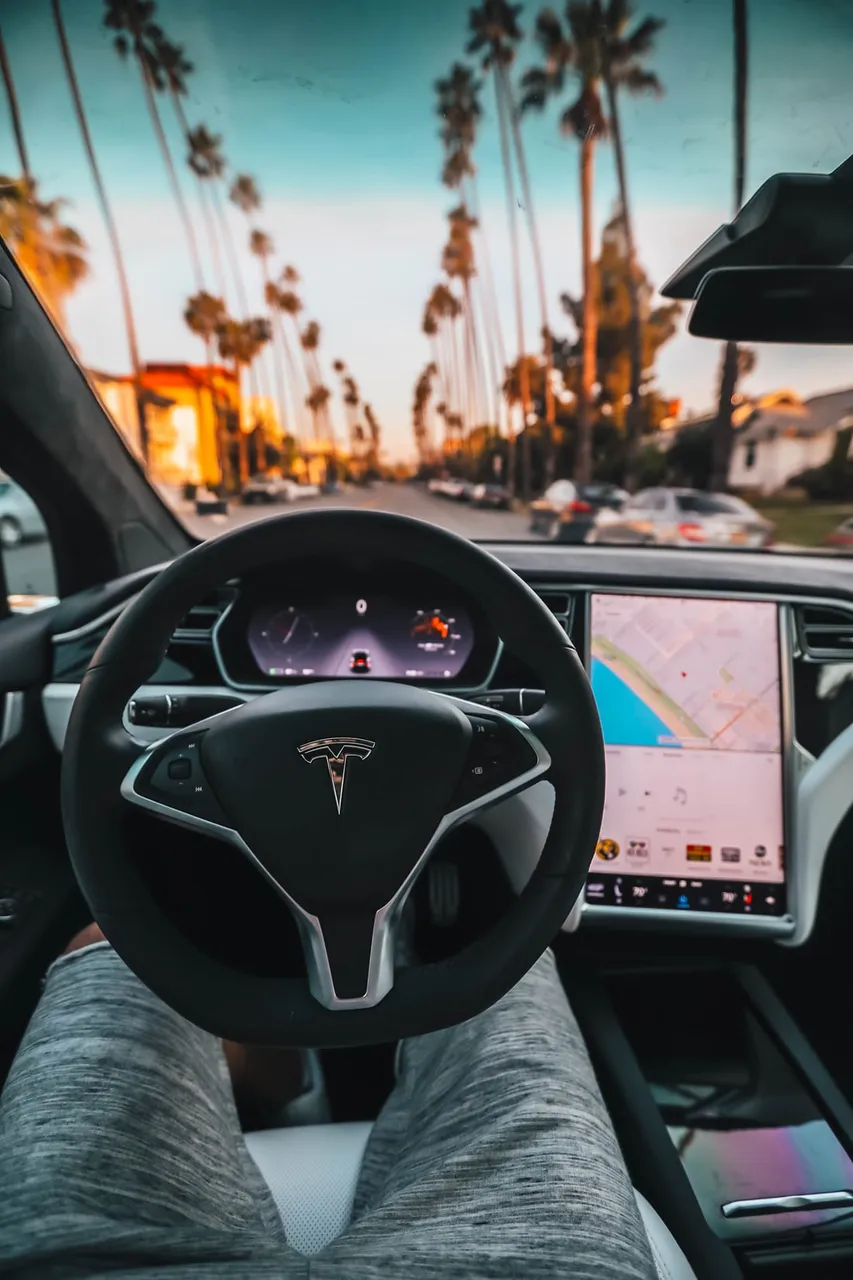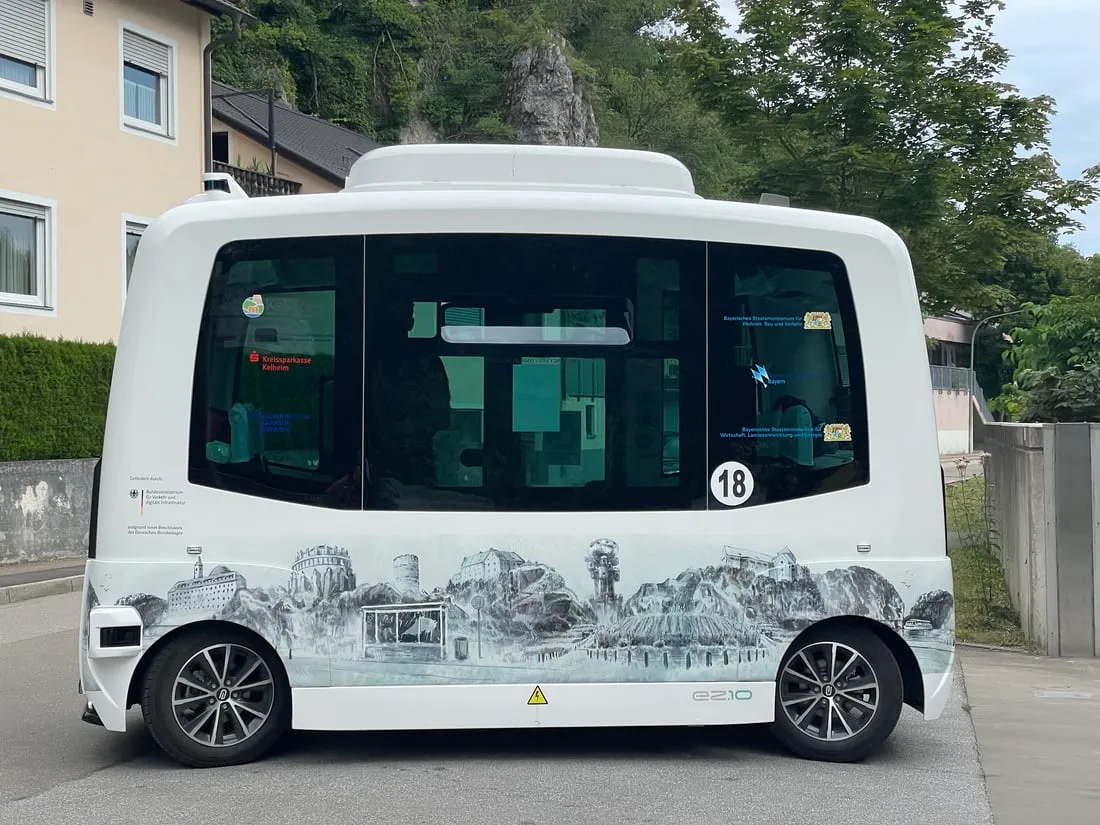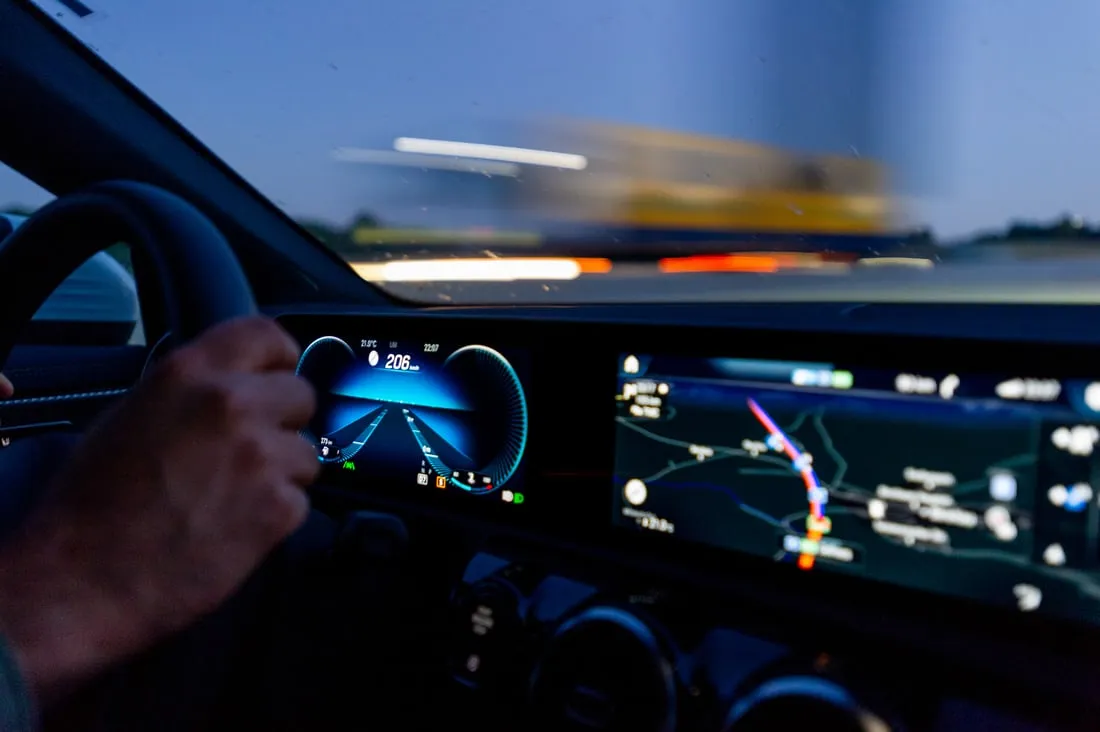While the autonomous technologies that will shape the driving experience of the future appear with autonomous vehicles in the automotive sector, we encounter #autonomous #robots in many areas including #hospital services, #logistics, #retail sector and even household #appliances.

The history of studies on autonomous vehicles goes back to the 1920s-1930s. In fact, the idea of the first autonomous vehicles comes from inventor Francis Houdina driving his radio-controlled car through the streets of #Manhattan in 1925.
In 1939, #General #Motors shared the idea of autonomous vehicle design with the public for the first time at the “ #Futurama” exhibition at the New York World's Fair.

Designed by Bundeswehr University Professor Ernst Dickmanns and his team in 1980, the #Mercedes-Benz minibus reaches 63 km/h in a closed area.
In 1991, the United States Congress passed the ISTEA Transportation Authorization Document instructing USDOT to “demonstrate an automated vehicle and highway system by 1997.”
In 2004, the #DARPA Grand Challenge was announced by the US #military and contributed to promoting innovation in the autonomous vehicle field.
With the development of hardware and sensors, #Google took its place in this sector in 2010 and many big companies made investments in this field, and the development of autonomous vehicles started to accelerate.
📌Autonomy and Autonomous Driving Technologies
In order to understand autonomous vehicles correctly, first of all, it is necessary to expand the definition of "autonomy" a little. Autonomy means autonomy and is derived from the #Greek words "auto" (self, self) and "nomos" (rule, law). As these words come together, it means self-management, self-awareness and self-sufficiency. Autonomous vehicles have the autonomy that we humans have thanks to their sense organs, skeletal, muscular and nervous systems, thanks to their automatic control system equipment. In this way, autonomous vehicles, without the need for human intervention; they can travel by sensing the road, traffic situation and environmental conditions. The most sensitive point of autonomous vehicles is being aware of where the vehicle is and in what condition it is, knowing its own position, that is, “localization”.
The vehicle's position is calculated with high precision using data from sensors using a technique called Kalman Filters. At this point, accurate location estimation and mapping are of vital importance.
Self-driving vehicle technologies, in other words autonomous technologies, make a great contribution to shaping the driving experience of the future with autonomous vehicles. These technologies include #radar, #GPS, #odometry, computer vision systems, #ultrasonic sensors, #software, internet of things, #cyber security, charging technologies and of course artificial intelligence. Thanks to artificial intelligence data processing and analysis capability, autonomous vehicles also have some reflex gains just like humans.
Of course, only the high-tech equipment of the vehicle is not enough. Intelligent infrastructure, 5 G and electric charging stations that will provide connectivity for an autonomous vehicle to perform at its best also contribute greatly to the issue.
📌Autonomous vehicles from the past to the future
What are the Autonomous Driving Levels?
According to research, approximately 8 million autonomous or semi-autonomous vehicles will be traveling on the roads by 2025. By 2030, 25 percent of Dubai's transportation is projected to be level 5 autonomous. Of course, before reaching this stage, it is necessary to complete the 6-level (Level 0 to 5) driver assistance technology progression defined for driverless cars. Currently, studies are continuing on how to use and spread the 5th level autonomous vehicles in many different parts of the world.
📌Now let's look at how the features change according to these levels.
✅Level 0 (No Drive Automation)
Most vehicles on the roads today are manually controlled and Level 0. Humans are the main drivers of driving and there are various systems that assist the driver.
✅Level 1 (Driver Assistance)
At this stage, which we can define as the first stage of automation, there is a single automatic system in the vehicle to assist the driver. The presence of adaptive cruise control to ensure the safe distance between the vehicle and another vehicle is defined as Level 1. Human takes an active role in stages such as steering, holding and braking that make up a drive.
✅Level 2 (Partial Drive Automation)
It is the stage where the vehicle has both steering control and controllability in acceleration / deceleration. At this stage, it is not possible to talk about a complete self-driving.
✅Level 3 (Conditional Driving Automation)
In the third stage, the vehicle begins to play a role in perceiving environmental factors. For example, it is possible to compare a vehicle such as speeding up to pass by detecting a vehicle that it can pass as speed. However, since the initiative is not 100% in the vehicle in the realization of this decision, it is possible for people to step in to take control.
✅Level 4 (High Driving Automation)
At the fourth level, vehicles can operate in self-driving mode.
✅Level 5 (Full Driving Automation)
Level 5 is the stage where vehicles no longer require human attention and have no "dynamic driving task". In this case, there may also be no human-use steering or acceleration or brake pedals. Fully autonomous cars are currently still being tested in various parts of the world.
📌Prominent Players in the Autonomous Vehicle Industry
Prominent players in this area are #Uber, #Apple, #General #Motors, #Tesla, #Baidu, #Zoox (acquired by #Amazon), #Aptiv, #Argo (incorporated by #Ford and #Volkswagen).
Waymo, which started its autonomous vehicle project in 2009, is a subsidiary of Google's parent company #Alphabet. #Waymo has a camera, #LIDAR (Light Detection and Ranging; or Laser Imaging Detection and Ranging—technology to measure the distance of an object or a surface using laser pulses), radar sensors, and a microphone to detect emergency vehicles.
It is reported that Waymo has so far tested a total of 9.76 million kilometers, with and without observers.
#French company NAVYA continues to work on Level 4 shuttles and taxis in the US, which are fully electric and capable of speeds of up to 55 miles per hour.

#China's internet giant Baidu, Baidu, as the first company to transport passengers with autonomous vehicles, launched the driverless taxi service Apollo Go Robotaxi in the capital Beijing. Robot taxis can be called free of charge via the company's GPS application or Apollo Go.
On the other hand, the concept of the “#robotaxy” market has emerged.

As Google's competitor, #Motional, which plans to launch its autonomous driving service commercially in 2022, has also received approval from the US administration for driverless tests. Motional vehicles, which will operate completely unmanned in Nevada, will not carry drivers for safety purposes and passengers will be transported to their destinations alone in the vehicle.

Japanese automaker #Honda has also announced that it is preparing to take its cars with autonomous driving systems to the next level. He announced that cars with Level 3 autonomous driving technology will be mass-produced, so that drivers can travel in traffic without interfering with their vehicles.
Argo AI, which is an initiative that focuses on autonomous driving technologies and works under Ford, has taken its place in this race.
#Elon #Musk, who is at the forefront of autonomous vehicles with Tesla, stated that they are very close to the production of 5th level autonomous vehicles.
While competition is increasing, we are watching with interest the investment size of autonomous vehicles, the process of implementation and their reflections on consumer behavior

Image Source 👉 Https://unsplash.com
